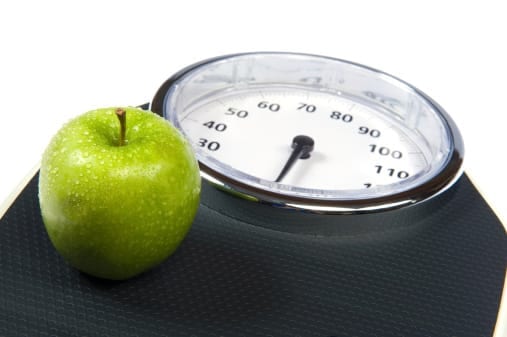A personal story about disordered eating and body dysmorphia that tells the details of these dangerous illnesses and how difficult it can be to overcome them. I was 15. A group of dancers had gathered together to celebrate a monumental performance. There were pizzas, chips, cupcakes, soda—not diet. We were lithe and limber, light as birds, but we were starving—we had barely eaten in the weeks leading up to our stage production. That night, we rewarded ourselves by feasting. It was a competition, like everything—to see who could eat the most and throw it all up the quickest. Ballet dancers only seem pristine; they lack modesty. I remember failing that particular competition and feeling miserable, determining to gain control over my body in every way. I could already make it soar. I could already fold it in half three ways, spin it around again and again without wobbling, but I needed the control. There was just too much chaos, too much unpredictability and my body was all I had to call my own. I took laxatives and worked out and binged on candy. Repeat. I was still very young when I got pregnant; so much for controlling things. But I knew I needed to be healthy for my daughter. I allowed my body to lean into its cravings as it expanded; I did not restrict what I ate or how or when. There were a lot of cantaloupes and watermelons eaten that summer, a lot of black eyed peas; my body seemed to need them. But after she was born, it was as if the dysmorphia that had been present only days before I’d learned I was pregnant suddenly returned. I simply hadn’t felt the self hatred while I carried her. When it came back, it came back with a vengeance. As soon as she was weaned, I hit the diet pills. It’s true they make some people crazy; they made me insane. I was swinging from one mood to the next like a ball out of a canon. I was a lightening strike and everything in my path was asking for it. I doubt I was a very good mother then, but I was skinny—88 pounds at my lightest. I could no longer shop in even the junior’s section. I started to have episodes of tachycardia. I had to stop the diet pills and go back to eating meat (I’d been a confirmed vegetarian for years). Eventually I was prescribed a medication for a chronic condition that had the accidental side effect of taking weight off. I took it years after it ceased to work. I wanted the flat chest and svelte hips of a ballerina, though I had not danced in years. I thought there was something satisfying, maybe elegant, in the way you could hold your head gracefully on an underfed neck even while men refused to look for long. I was hiding behind thinness. Before I’d been a dancer, my body had not been my own. I wanted to control how men saw me; I wanted them to see grace and intelligence, not sex. If they couldn’t see grace or intelligence, I didn’t want them to see anything at all. I was vanishing. I’d gone from dancer to magician. We can never entirely control how others see us. It takes not so much control as acceptance for us to see ourselves as anything other than not enough—too thin, too fat, too short, too brown—and I’m still getting there. Most days I rub my belly proudly after a big meal, happy with my progress and with the simple fact that I’m lucky enough to get to eat it. Other days I stand in the mirror, unable to discern the size or shape of the woman who stares back. I’ve never really seen her except on pages. She doesn’t have to take three-dimensional form there, and that is probably best.

